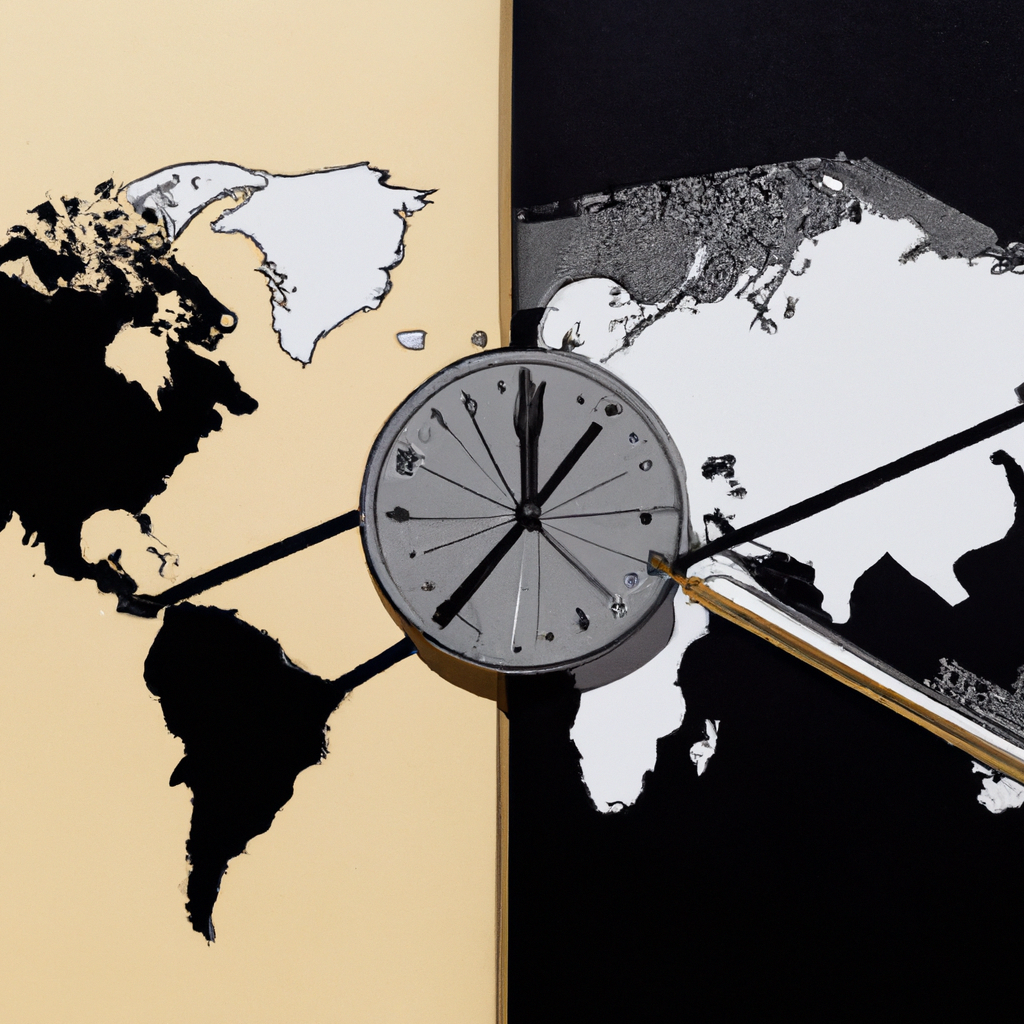
In a recent unfolding that blurs the lines between art, legality, and morality, the international art community and avid collectors are aflutter with the latest chapter of the 1MDB scandal. The Malaysian financier, Jho Low, has surrendered over $100 million in assets, including seminal works by Andy Warhol and Claude Monet, settling two intricate civil forfeiture cases tied to the financial misappropriations at 1Malaysia Development Berhad (1MDB).
This storied collection, once a private homage to the modern and impressionist masters, now serves as a stark embodiment of the complexities interwoven between massive fortunes and cultural treasures. Among the assets, Warhol’s profound depiction of consumerism and fame, and Monet’s luscious brush strokes capturing the ephemeral nature of light, have ceased to be mere art pieces. They have been transformed into poignant relics of a vast financial imbroglio that spans continents and captures the attention of both the art world and international legal authorities.
The reverberations of this settlement extend far beyond the immediate legal resolutions. They stir a contemplative dialogue among the high society of New York’s cultural elite. How do we reconcile the intrinsic value and joy that these artworks bring to humanity with their role as instruments in the grander schemes of financial misconduct? The canvases in question are not merely decorated fabrications of oil and color, but vessels carrying the weight of ethical and philosophical questions about the art market’s vulnerability and role in global finance.
As these artworks potentially return to public display or change hands through state-controlled auctions, they resurrect the perennial debate around art and ownership, legality, and legitimacy. They challenge collectors, curators, and enthusiasts to ponder the ethical implications of art acquisition and stewardship in a time where the provenance of not just the art, but also the capital used to acquire them, is tainted by scandal.
Indeed, New York, a pivotal arena in the global art landscape, is particularly attuned to these developments. The city’s galleries, auction houses, and private showings reverberate with whispers of these newly liberated masterpieces. The fate of these artworks might just redefine industry standards and the ethical boundaries of art collection and curation amidst New York's glittering high society, reaffirming the city’s role as a cultural arbiter in the intricate dance between art, wealth, and ethics.